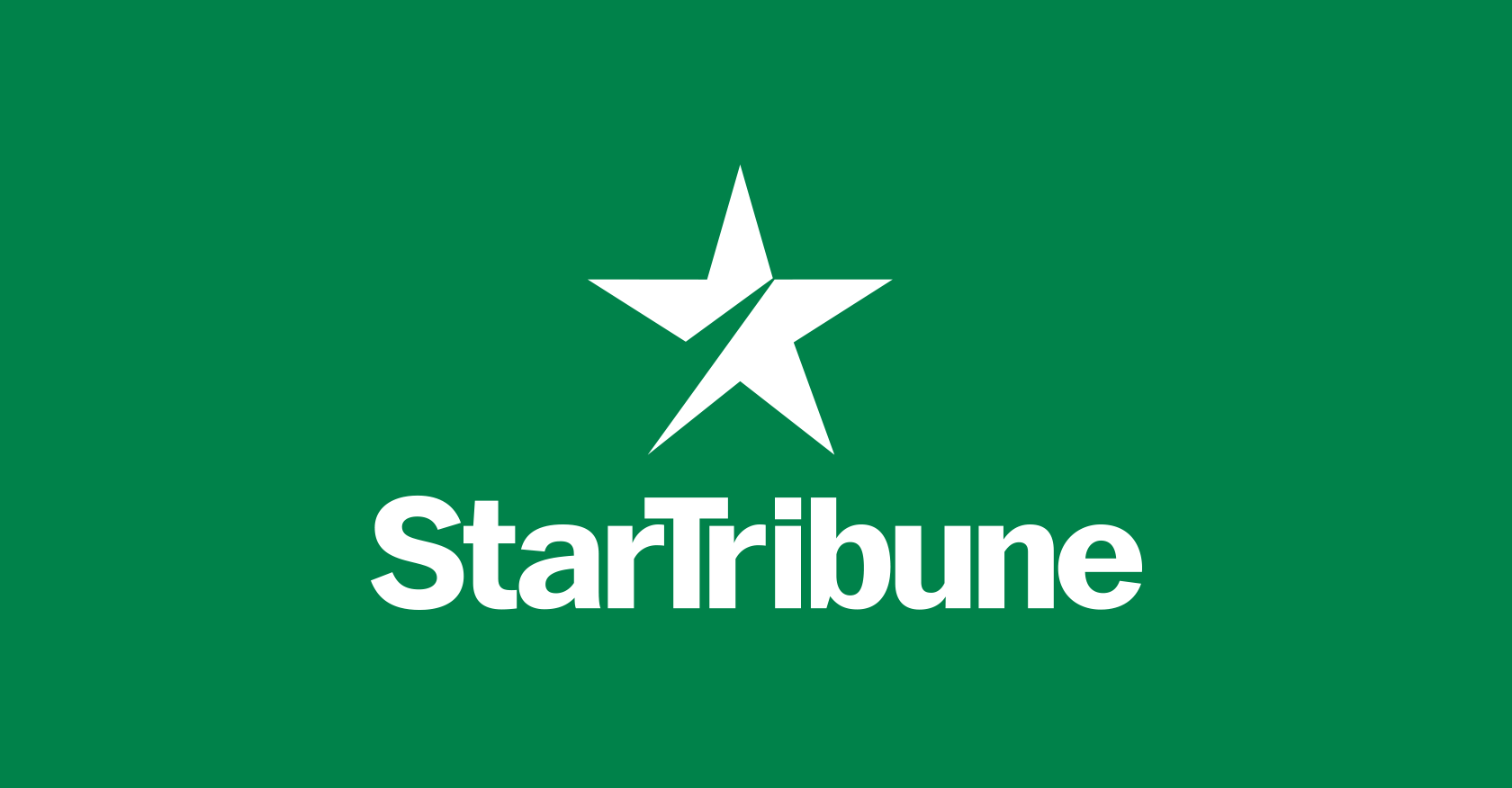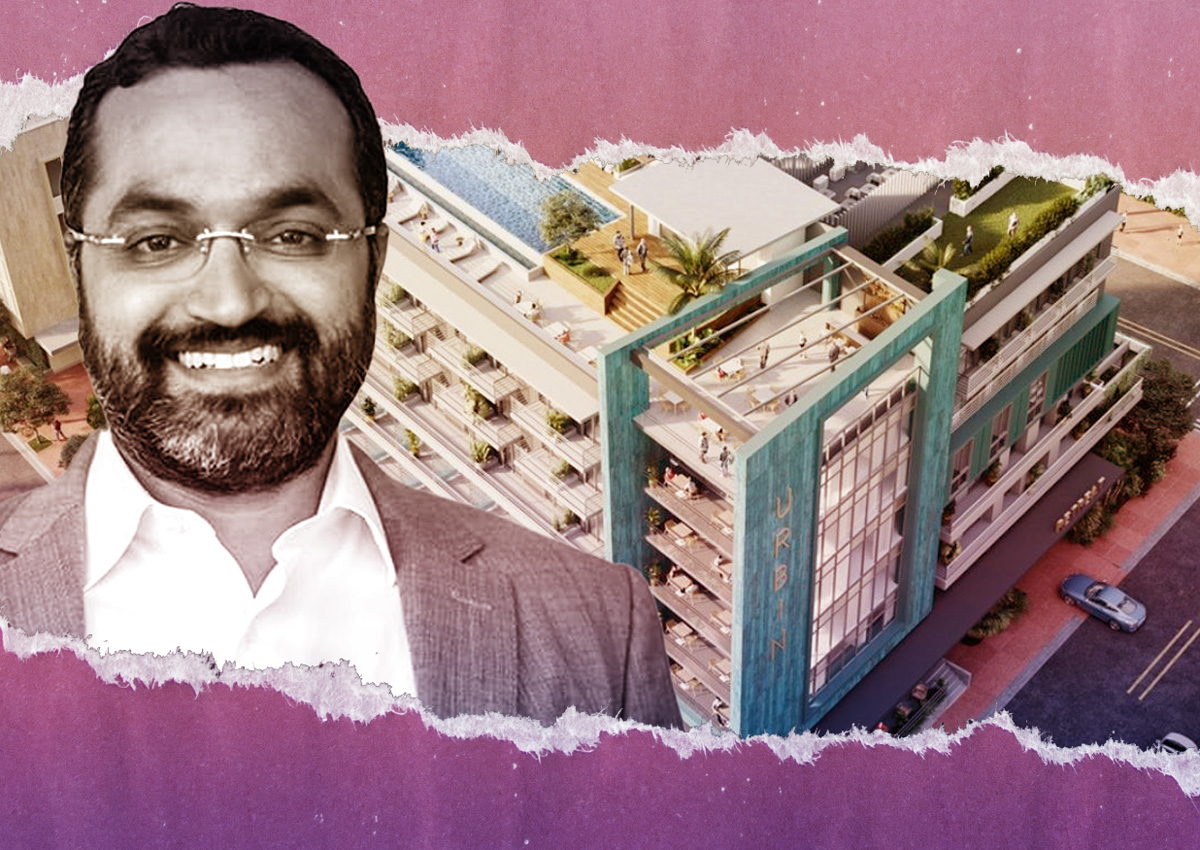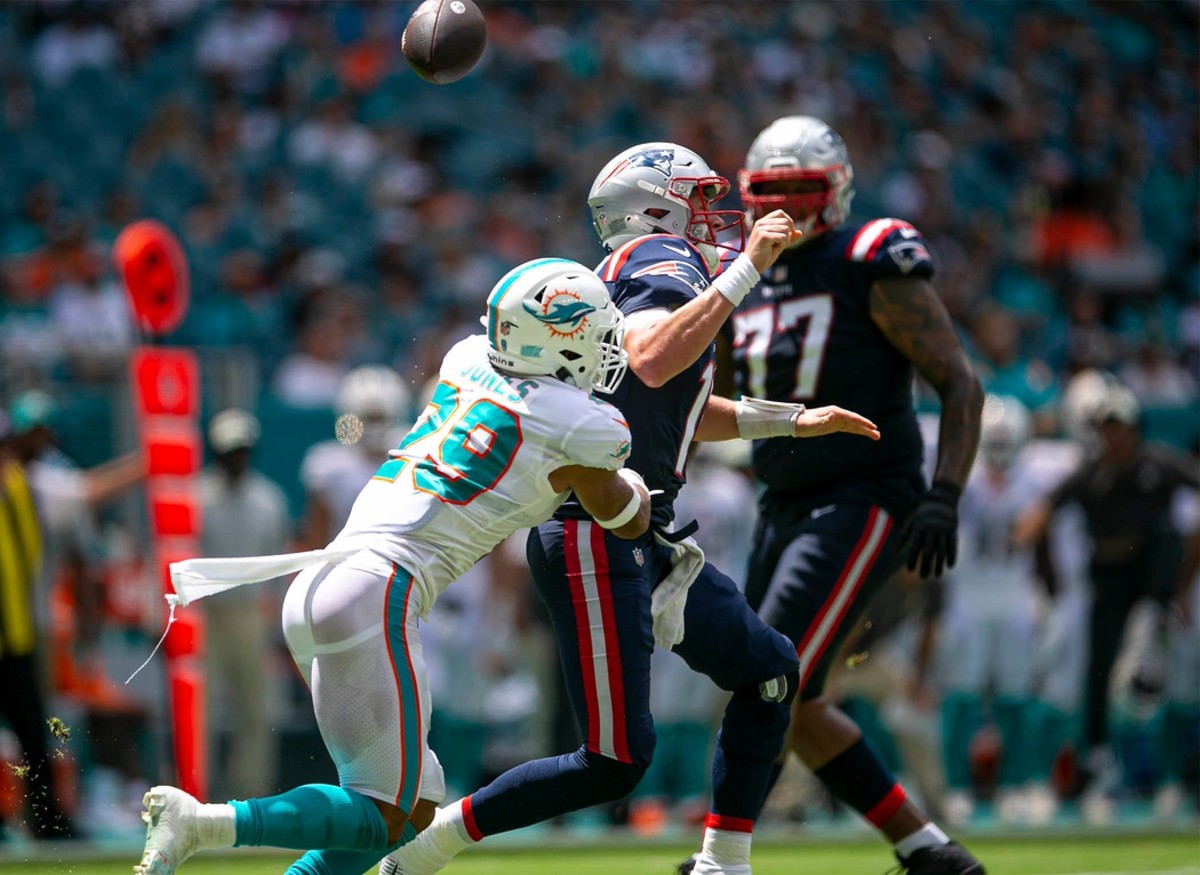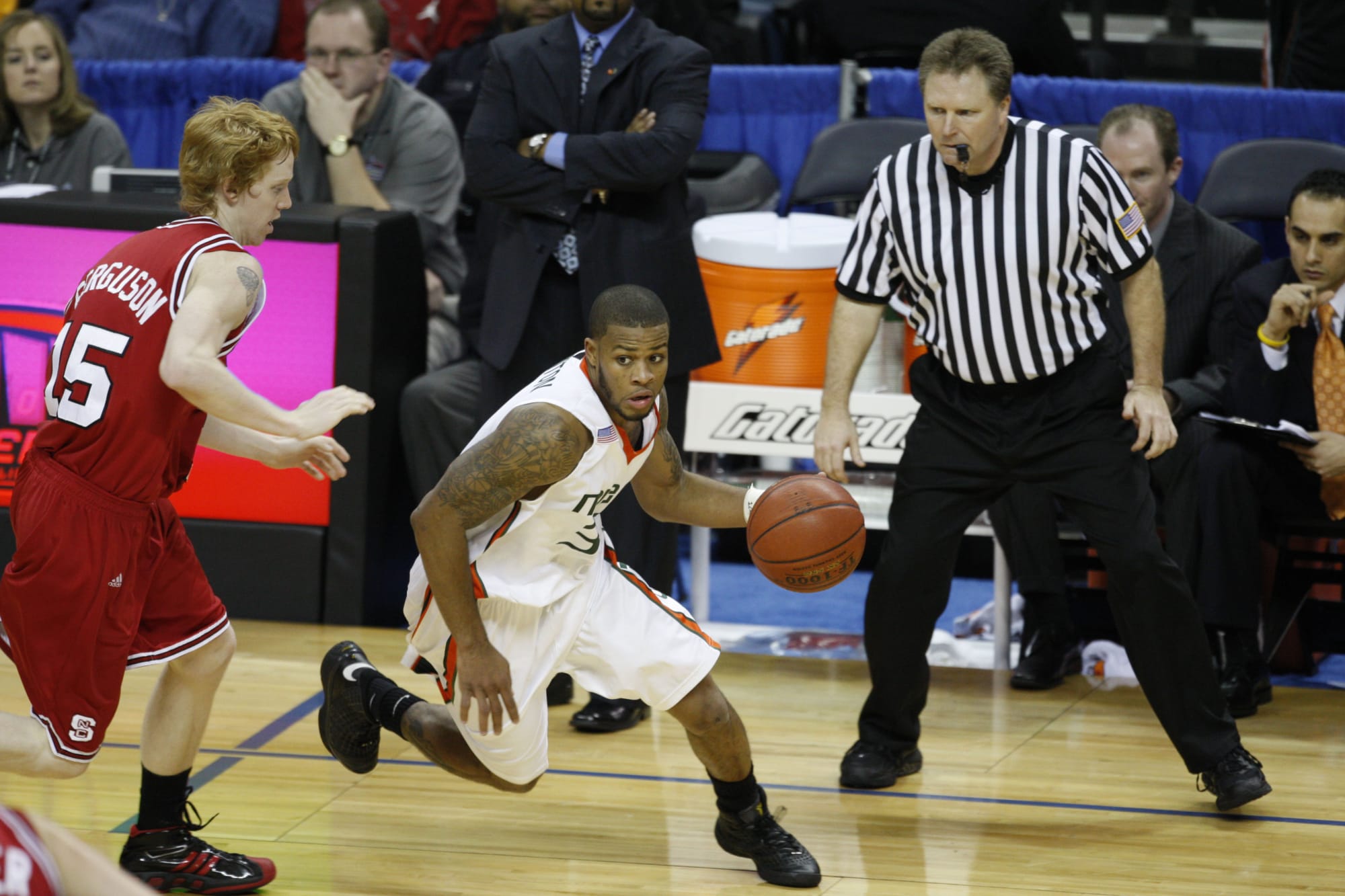20 years after the Sol, how could Miami fit in the WNBA’s next wave of expansion?
MIAMI — Sheri Sam, an All-Star with Miami in 2002, works as the scouting manager for the Portland Trail Blazers. Guard Sandy Brondello played five years in the WNBA (two with the Sol) before she became head coach of the Phoenix Mercury and now the New York Liberty. Debbie Black — who won Defensive Player of the Year with Miami in 2001 — has coached women’s college basketball since the 1999-2000 season, with stops at Vanderbilt, Ohio State, Eastern Illinois and now Chattanooga. Ruth Riley Hunter (known as Ruth Riley when she played), the Sol’s first-round pick in 2001, now works in the Miami Heat’s front office. Sol assistant coach Jenny Boucek works as an assistant coach for the Indiana Pacers.
With all that legacy and more in mind (Sylvia Fowles — often heralded as one of the greatest to play the game — hails from the 305), what if someone were to bring a WNBA franchise back to Miami?
In one of the latest steps to grow the game, WNBA commissioner Cathy Engelbert announced plans in May to expand the WNBA by “a couple teams.” She listed several cities interested in procuring a franchise in an interview with Boardroom in July, which also included the state of Florida. It previously housed two WNBA teams: the Miami Sol (2000-2002) and the Orlando Miracle (1999-2002, since the Connecticut Sun).
The Miami Sol folded after the 2002 season when the WNBA changed its ownership model from one in which the league owned teams to one of private ownership. The Miracle relocated to Connecticut and became the Sun in 2003. This was the first franchise in WNBA history to be owned independently, according to Connecticut’s 2022 media guide. Connecticut battled and lost to the Las Vegas Aces in the 2022 WNBA Finals in September.
South Florida is home to every major men’s professional sports league: Marlins in MLB, Dolphins in the NFL, Panthers in the NHL and the Heat in the NBA and Inter Miami in MLS. But there hasn’t been a professional women’s team here since the Sol. With the WNBA mulling over possible expansion cities, how could Miami fit into the league’s next chapter?
Remembering the WNBA in Miami
Ron Rothstein is the answer to a niche trivia question.
“[I’m] one of the only folks dumb enough to coach two expansion teams in one city,” he said.
Rothstein, who now works as a member of the Heat’s broadcast team, served as the franchise’s first coach when the NBA expanded into Miami and Charlotte 35 years ago. After he fielded an “out of the clear blue sky” phone call from Pat Riley about a decade later, Rothstein became the first (and only) coach of the Sol.
In between these two coaching stints in South Florida, Rothstein worked as the Detroit Pistons head coach and then as an assistant coach for the Cleveland Cavaliers. While in Ohio, he got to watch the Rockers, a WNBA team that no longer exists. So when Riley approached him about heading up a WNBA team in Miami, Rothstein was interested despite his inexperience coaching women.
When the team ceased operations, Rothstein and his family were extremely disappointed, he said.
“I loved coaching women,” Rothstein said. “I loved being back in Miami. I had a great job. I was ready to just stay in that job for as long as they’d have me. So it was a little bit disappointing, but life moves on.”
The Miami Sol drafted Riley Hunter with the fifth overall pick in 2001. The pick prompted a move from South Bend, Ind. — where she earned a bachelor’s degree in psychology from Notre Dame — to South Florida to start her professional basketball career.
“The first thought is just, ‘It’s a dream come true,’ ” she said of hearing her name called in the draft. “I was the first class going into college that knew there’d be an opportunity to play professionally when I graduated. So I remember watching that initial game in ’97, that first season of the WNBA, and obviously as a female athlete, [I was] really excited about the opportunity to hopefully one day play in that league.”
The team’s untimely end after the 2002 season caught Hunter off guard, she said. The second-year WNBA player had just bought a home in Miami, as she anticipated that being her home for a long time.
“I think that really was a catalyst for me taking an invested interest in our league in a different way,” Hunter said. “… After our team folded, I took a leadership position within our players association for pretty much the rest of my career, and really wanted to be an active participant in understanding our league but also growing our league and how I could do that as a player.”
Hunter served as the first vice president of the WNBA Players Association from 2005 to 2013. She also served as the San Antonio Stars’ GM during the 2016-2017 season.
Watching the league grow during the past 26 years has been “incredible,” Hunter said. The on-court product is at an all-time high, as is the WNBA’s popularity. She appreciates all Engelbert has done to improve the league’s business model, including the $75 million fundraising effort it announced earlier this year — which the Heat’s Micky and Nick Arison contributed to.
In the Sol’s three seasons, it finished with the best record among expansion teams (13-19) in 2000, won 20 of 32 games and advanced to the Eastern Conference semifinals in 2001, and missed out on the playoffs by just one game in its final year.
“The fans that we had were just incredibly passionate about the game, about having a women’s professional sports team here in Miami,” Hunter said, reminiscing on Sol fan turnout back in the day, adding that she sees the occasional Miamian donning Sol gear while out for a walk. “… I think that there were definite factors that made it more challenging to have a sustainable business model here in Miami. It wasn’t a lack of desire from our ownership, our organization. They always treated us first class. I just think there’s a lot of unique factors at play there.”
In terms of attendance figures, the Miami Sol operated in the “middle of the pack,” the team’s senior director of operations Kim Stone said. In its first season (2000), Miami averaged 7,982 spectators per game, good enough for ninth out of 16 teams in the league. In 2001, that number jumped to 8,857, good enough for sixth. In 2002, the Sol averaged 8,828 fans per game, which ranked seventh.
What would fan interest and attendance numbers look like today?
“There is an affinity and fandom for women’s sports at a level that we haven’t seen before, quite honestly, in professional sports at all,” Stone said. “It’s continuing to climb the upward trend, So I think there is an interest, and there’s a group of fans that I would venture to say are more than what we had back when we had the Miami Sol, what 20 years ago or so. I mean, it was a long time ago.”
Understanding the WNBA in Miami’s pro sports market
Engelbert has said publicly that the league is evaluating potential expansion markets based on psychographics, demographics, NCAA fandom, WNBA fandom, viewership, merchandise sales and arena sites. Other key factors include an arena to play in (The Sol shared an arena with the Heat, though a few sources interviewed suggested new ownership should probably find a smaller facility that’s easier to fill like the Chicago Sky, who don’t share an arena with their NBA counterpart Bulls.) and enough financial support to own and operate a team.
One big concern for players is the political environment their teams are in. The WNBA is one of the most diverse and progressive professional sports leagues in the country with a huge presence of queer women and women of color. While Miami-Dade is also incredibly diverse and traditionally left-leaning, the Democratic party’s influence here is steadily declining, according to Politico. Additionally, legislation like Gov. Ron DeSantis’ notoriously dubbed “Don’t Say Gay” bill and the 15-week abortion ban he signed into law in August might have athletes wary of playing in or moving to Florida.
WNBA expansion is also part of a larger mission to expand women’s professional basketball in general. A huge aspect in this growth is the league’s impending media rights deal negotiations. Its current deal with ESPN yielded $27 million in 2021. By the end of the final year of the deal in 2025, the WNBA will receive $33 million.
The WNBA is working to increase its value ahead of its next deal. (Engelbert said she aims to select expansion cities “no later than ’25, but I’d love it in ’24.”) During the 2022 All-Star weekend, Engelbert announced the league would increase its regular-season schedule to 40 games per team in 2023 — more product, more TV, higher value. Picking expansion cities accordingly could also make the WNBA more attractive to potential linear TV and streaming suitors.
One city that has garnered a lot of support in its expansion efforts is Oakland. The San Jose-Oakland-San Francisco market is the second largest (behind Philadelphia) in the country without a current WNBA team with 2.65 million TV households, according to the 2021 Nielsen DMA Rankings. Miami-Fort Lauderdale comes in at No. 18 overall and ninth among teams without a WNBA franchise with nearly 1.7 million TV households (behind Philadelphia, Oakland, Houston, Boston, Tampa-St. Petersburg, Detroit, Denver and Orlando), though it’s unclear whether any of these numbers include households that watch Spanish TV.
Additionally, Miami is a big transplant community, which could make it difficult to inspire allegiance to a new local team.
In 2021, Miami-Dade County housed more than 2.6 million residents, according to U.S. Census Bureau estimates. Of those 2.6 million, 1.2 million were born in the United States and 1.4 were born outside it.
Miami’s sports scene is unlike any other, as is its fan base, Hunter said.
“I think that we are a great sports town,” she said. “I think there’s a lot of passion for all the teams. But pairing that passion to actually showing up at games for a lot of these professional sports franchises is part of that unique challenge here in Miami.”
Even still, the Miami Heat is one team in town that consistently garners great fan turnout and support. Their average home game attendance of 19,628 ranked fourth in the NBA last season. Forbes valued the organization at $2.3 billion, good enough for 12th among NBA teams in 2021-2022.
The reason for the Heat’s sustained success in a relatively fickle sports town like Miami is sustained on-court success, Hunter said. “You know, as a Heat fan, that there’s a product that you’re going to be able to go see that is not only going to represent our city and our culture here, but that is going to be one that is going to be competitive, every season and that’s going to fight for championships,” she said. “And I think that is not always the case for professional sports teams.”
Miguel Diaz is the co-founder and program director of the Miami Suns youth basketball program and was a Sol season-ticket holder. Even if a WNBA team were to see near-automatic success, Diaz isn’t confident in that being enough to keep the franchise afloat. After all, the Sol made the playoffs in its second season and missed the postseason by just one game the following year — its last.
“Winning is the cure-all, but I don’t know if that’s enough for a WNBA team,” he said, speaking on the struggle to compete with other professional sports teams in the area. “I think it will be a big part of it. I don’t know if that’s enough to actually get the interest that they need to be successful.”
While the contribution of ticket sales in sports is being eclipsed by TV money in the grand scheme of revenue channels, it’s still an important factor in a franchise’s success.
“That’s why when you go to a sporting event, it’s incumbent upon the team to make sure that they are creating an atmosphere and an environment and an energy in the venue that makes you want to be there,” Stone said. “Because you can’t replicate that at home on your couch or just watching it on TV. It’s fun, but really the energy when you’re in the building is like no other when it’s well done from a game presentation and marketing perspective. And the Heat are the best in the NBA at it.
“What matters is that you get butts in seats, eyeballs on the TV and people spending in your venue.”
What are the obstacles, merits?
It’s unlikely that the Miami Heat’s ownership would want to operate another professional basketball franchise, according to a source within the organization. But should an ownership group arise to bring the WNBA back to Miami, it would have to consider a lot of factors. Namely attendance and standing.
Diaz thinks the WNBA’s summer calendar will make it easier for the girls’ basketball community in South Florida to support a WNBA team. This area has produced a lot of women’s basketball talent, including Fowles, Erica Wheeler and Beatrice Mompremier of the Atlanta Dream, 1998 Rookie of the Year Tracy Reid and Las Vegas’ Riquna Williams (a Pahokee native and UM alumna).
Fowles declined to speak with the Miami Herald for this story through a representative. Wheeler and Williams could not be reached for comment.
While the University of Miami women’s basketball team struggles with attendance (UM averaged 1,377 fans per home game last season), Diaz said, its season runs concurrently with high school basketball. It would be difficult for a player to make the trek from Broward or Palm Beach counties to Coral Gables in-season with frequent practices and games. Summer ball’s schedule would be much more conducive to support a team.
“They would start with a pretty solid little base of following from the girls basketball community, because the community as a whole is growing,” Diaz said. “I think that the success of our local players, obviously Sylvia being one of the greatest players of all time, has kind of increased the following from a local standpoint.
“My concern for a WNBA team in South Florida would be can the market as a whole support it,” Diaz said, alluding to the difficulty the Marlins in particular have with attendance (they ranked second-to-last in the majors last season only in front of the Oakland Athletics).
Hunter, on the other hand, views the summer as a challenging time. People leave Miami during these often hottest months of the year and go on vacation. Widespread absences pose a challenge for season-ticket sales, making “Miami probably more challenging than other cities during the summer,” she said.
Stone thinks good marketing could help attendance numbers. In her mind the biggest challenges a WNBA team would face in Miami would be figuring out how to tap into the corporate market and competing with the other professional franchises in town — the same challenges team president Eric Woolworth outlined in 2002 after the team folded.
The NBA Board of Governors voted to change the WNBA’s ownership model on Oct. 8, 2002, to individual team ownership. This meant teams could be owned and operated by non-NBA owners in non-NBA markets (see the Connecticut Sun). But it also meant individual owners would have to assume more financial responsibility, which many were not prepared to do.
Under the old ownership model, all NBA teams collectively owned the WNBA. This meant the NBA organizations would split TV and national sponsorship revenue while paying player salaries and benefits as well as league marketing and administrative expenses. Individual WNBA teams were only financially responsibly for non-player expenses, which included arena rental, front office personnel and travel. Their revenue came from ticket sales and local sponsorships.
Rothstein estimated the Sol operated at a loss of $2 million to $3 million per year. It just “was not sustainable at that time,” he said.
“[The new] model will work well for the league with cities that have good corporate bases,” Woolworth told the Associated Press in 2002. “The model, ultimately in Miami, is not going to work.
“Most of the sports teams in this market work very hard to get national corporate dollars for support, and that’s difficult for us with the Sol.”
In 2002, a women’s basketball team would have had a much harder time securing major corporate sponsors with the WNBA’s brand still in its infancy. But interest in women’s sports is higher today than ever. Companies like State Farm, Beats and Google have partnered with the league since the Sol shut down.
Miami has also experienced striking business growth during the last two decades. A 2018 report by Richard Florida and Steven Pedigo found Miami’s roughly 2% average business growth rate ranks eighth among large metros — ahead of New York, Los Angeles and Washington, D.C. (which all house WNBA teams). It also found Miami ranked No. 4 in trade sector businesses, behind New York, Los Angeles and Chicago (all home to WNBA teams).
Despite Miami’s reputation as a tough sports town, Stone doesn’t think it should be counted out of the WNBA expansion conversation.
“There are hotbeds of women’s sports,” Stone said, referring to other cities that have gained traction on the expansion front, namely Oakland. “And I would say even though South Florida is crowded with other sports teams, it’s a market that shouldn’t be overlooked.
©2022 Miami Herald. Visit miamiherald.com. Distributed by Tribune Content Agency, LLC.



